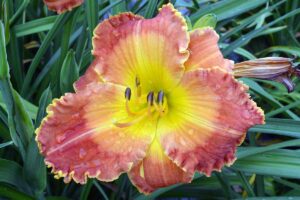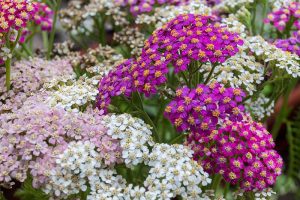Asters are perennial flowers that bloom near the end of the growing season. They produce voluminous sprays of small, daisy-like flowers in shades of blue, pink, purple, and white.

We link to vendors to help you find relevant products. If you buy from one of our links, we may earn a commission.
Suited to USDA Hardiness Zones 4 to 8, they prefer full sun and slightly acidic, organically rich, well-drained soil.
Vigorous plants, they naturalize readily via self-sowing and root expansion, taking up vast amounts of garden real estate when allowed.
Our guide to growing asters provides all you need to know to get started with caring for different species and cultivated varieties.
In this article, we talk about seven reasons why asters may fail to bloom and how to avoid them.
Here’s what we’ll cover:
7 Reasons Why Asters May Not Bloom
It is surprising when asters don’t bloom because they are not fussy.
While they prefer full sun, most tolerate some shade, especially dappled through overhead tree branches. In addition, they can tolerate poor soil, provided it drains well, and a fair amount of drought.
Some folks think of native species as weeds because they seem to thrive on neglect, expanding their presence in the landscape year by year.
In short, it’s unlikely that these hardy perennials will disappoint.
However, it’s not impossible. Here are some common reasons why they may fail to flower.
1. Growth Disruption
When you disrupt flora, it may react negatively.
For example, if you dig up a plant to divide it and then transplant the divisions, a period of shock often follows, in which growth slows down.
When dividing, dig soon after the shoots appear in early spring to allow time for recovery. Shifting them later may affect blooming.
Similarly, if you decide to move a plant, do it early in the season, or you may forfeit this year’s flowers.
2. Inadequate Sunlight
We mentioned that asters prefer full sun and tolerate part shade in most cases. However, if you grow them in full shade, they may fail to flower as expected.
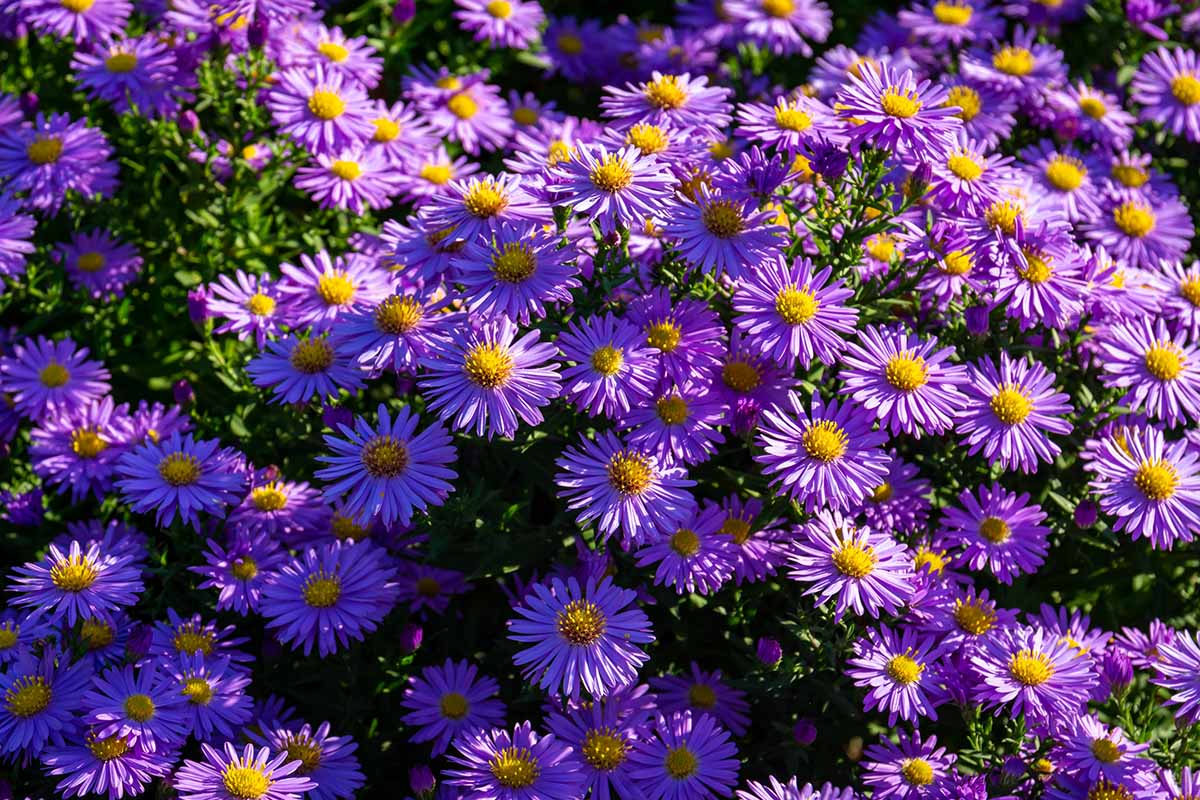
Sometimes, we plant understory flora before larger trees and shrubs leaf out, and before we know it, our sun-loving perennials are in deep shadow.
The remedy is to relocate them rather than subject them to a lack of sunshine that results in poor flowering.
3. Moisture Stress
When plants don’t get enough water, they conserve energy by slowing growth and may not transition from vegetative leaf production to reproductive bud formation.
Provide one inch of supplemental water per week during dry spells to support healthy growth and blooming.
On the other hand, overwatering or excessive rainfall may cause rotting from the roots up. Oversaturation hinders nutrient absorption and may inhibit leaf and flower production.
Remember to account for rain when watering plants, especially during the first year when they are becoming established.
When transplanting divisions or plants in nursery pots, set the crown – where the stems and roots meet – at the same level as before uprooting or unpotting.
Placements that are too deep, especially where the drainage is poor, may promote rotting.
4. Overcrowding
Plants that have been growing in the ground for two to three years may begin to exhibit signs of overcrowding, depending upon their proximity and soil fertility.
Two signs are poor blooming and a tendency to contract fungal diseases, especially powdery mildew.
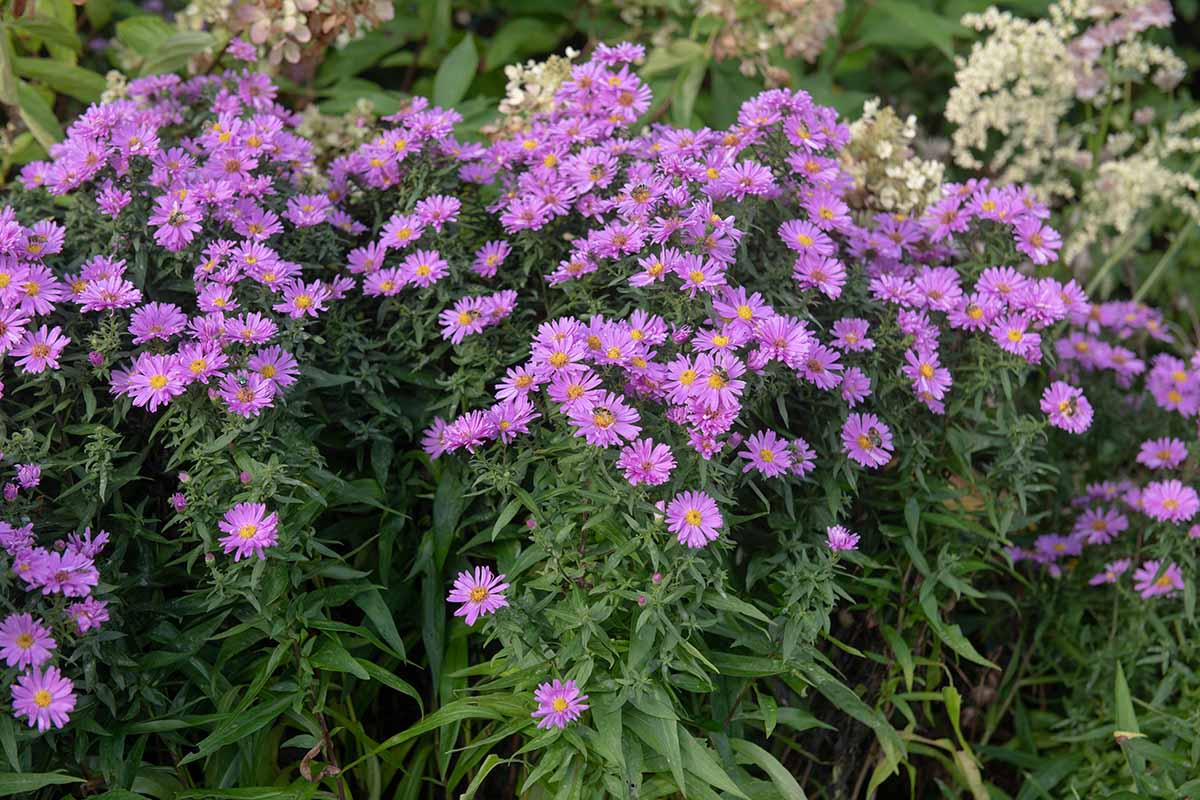
Dividing every few years is an excellent way to increase airflow, inhibit fungal pathogens, support the roots’ ability to take up water and nutrients, and improve flowering.
5. Overfertilization
Fertilizers may contain various nutrients, but the critical three are nitrogen, phosphorus, and potassium, or N-P-K.
With fertile soil, fertilizer is unnecessary, especially for native plants. However, some folks like to use it at planting time and again every spring. Feeding is fine – unless the product you use contains excess nitrogen.
Too much nitrogen may result in lush foliage and few flowers.
Avoid products with more “N” than “P” and “K” in the N-P-K ratio, and apply fertilizer in moderation to avoid introducing an excess of nitrogen to your garden soil.
6. Pests and Disease
Pests and disease pathogens have the potential to damage not only leaves, stems, and roots, but also flowers.
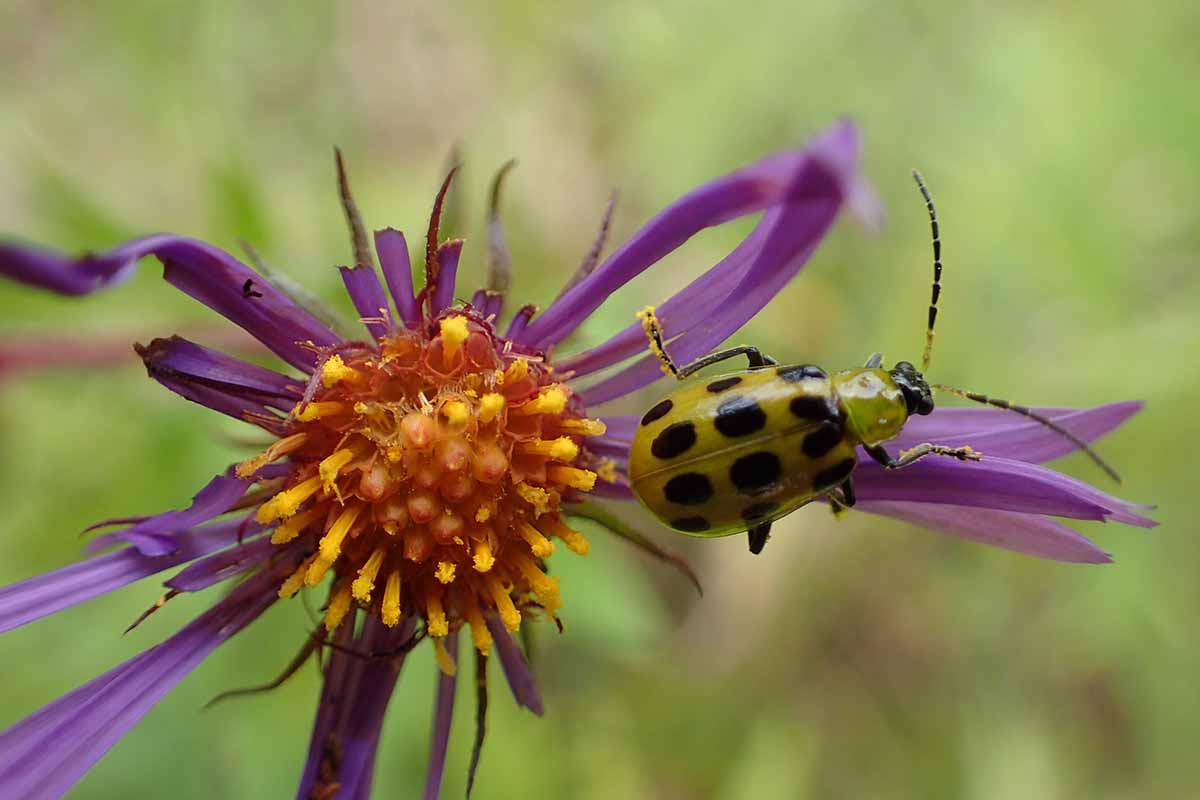
Asters are prone to infestation by a variety of pests, including:
- Aphids
- Chrysanthemum Lace Bugs
- Cucumber Beetles
- Leaf Miners
- Slugs and Snails
- Tarsenoid Mites
These pests may feed on foliage as well as buds and flowers. In severe infestations, their damage may cause a failure to bloom.
They are also prone to a host of fungal diseases, like:
- Leaf Spot
- Powdery Mildew
- Rust
- Stem Canker
- White Smut
Be vigilant with pests and fungal pathogens. If you notice chewed or damaged foliage, look for the offending insects.
Spray them away with the garden hose, and apply organic neem oil, a natural insecticide and fungicide that may also be used to treat fungal diseases.
Two additional threats are soilborne nematodes that may respond to neem oil treatment, and the deadly aster yellows virus, for which there is no effective treatment. Both may adversely affect flower production.
7. Pinching too Late
An aspect of care used mostly with tall native species is to pinch off up to a third of the soft growing tips of the stems in late spring to early summer. Doing so fosters compact growth instead of leggy stalks.
However, if you pinch too late, you may find there’s not enough time for budding or blooming to occur before the first frost.
If you choose to pinch stems back for a more compact form, mark your garden journal for a late spring or early summer pruning session to avoid disappointment.
Bursting with Blooms
It’s easy to think of hardy perennials as invincible. However, bloom failure is possible when certain circumstances make them vulnerable.
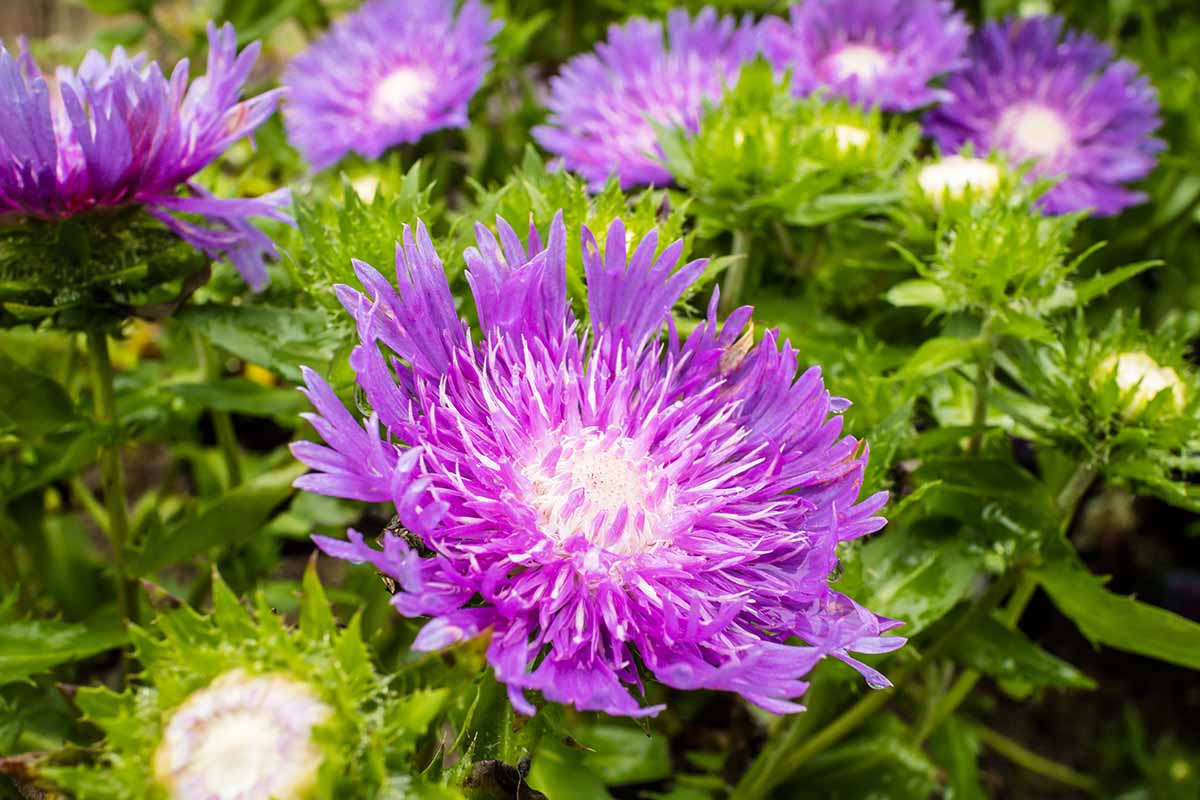
Support optimal flower production by remembering the following:
- If you must disrupt plants, do so in early spring.
- Provide full sun.
- Avoid under- and overwatering.
- Manage overcrowding by dividing.
- Skip the fertilizer or use a low-nitrogen product.
- Watch for pests and signs of disease, and treat them promptly.
- If you pinch stems for compact growth, complete the task in late spring to early summer.
With suitable growing conditions and attention to these details, your asters are sure to burst into masses of blooms as summer transitions to fall.
Do you grow asters? Please share your thoughts in the comments section below.
And for more information about growing and caring for aster flowers, have a read of these guides next:
